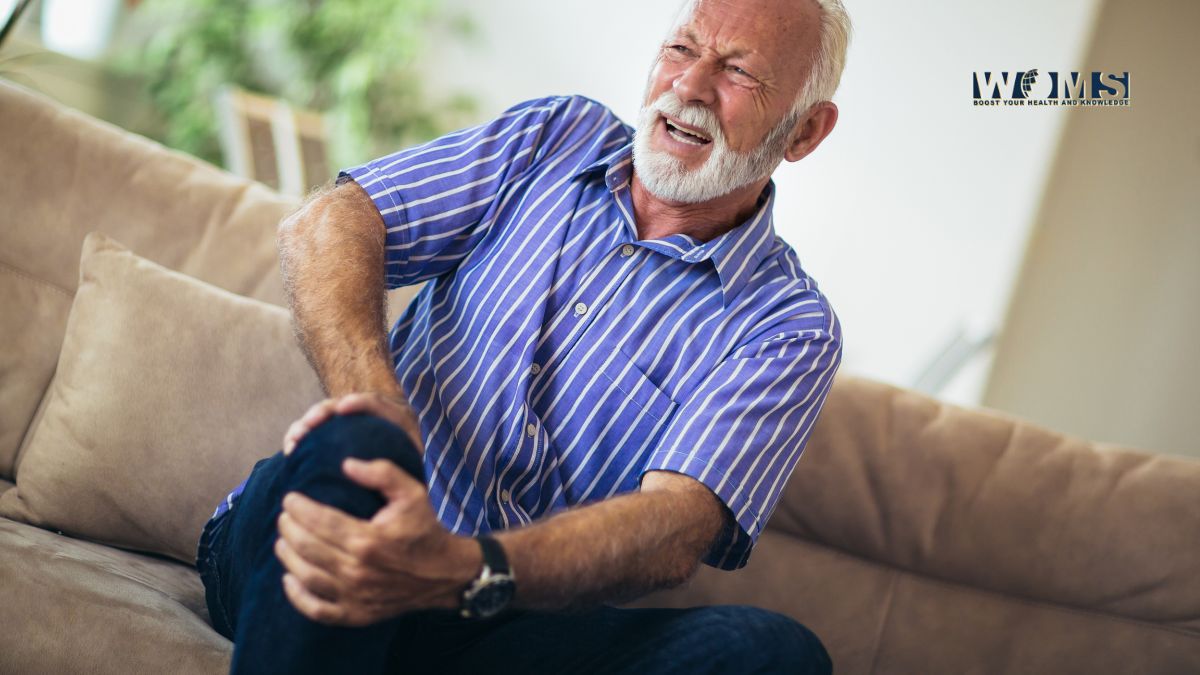Common Causes of Chronic Knee Pain: From Past Injuries to Autoimmune Disorders

Knee pain can easily creep up on you. At first, an occasional twinge when you climb up the stairs. Then a dull ache that hangs around all day. Before you realize it, you are avoiding prolonged walks and exercises. Living with chronic pain in your knees can restrict your life.
But knowing the cause of your pain will be the start of effective relief. Here is a closer look at the most common causes of chronic knee pain.
Osteoarthritis
This condition may cause your knee pain to develop gradually. It appears to worsen after a certain activity or when it is cold.
This disorder occurs when the cartilage pads protecting your knee joint start wearing off. Without that slippery covering, the bones begin to grate on each other. This situation brings inflammation, stiffness, and pain that increases with age.
You may observe:
- Pain when you walk, bend, or stand for a long time
- The presence of swelling around or in the knee area
- Popping or grinding during movements.
Osteoarthritis is not only a condition of the aged. It may appear sooner if you have had a knee injury in the past, are overweight, or have a family history of joint issues.
If you’re exploring chronic knee pain treatment Baltimore, MD, start by connecting with an orthopedic or pain specialist who can build a plan around your specific condition.
Unhealed past injuries
A sports injury or even an accident sustained long ago may not be just that. It can be a symbol of permanent damage to the joint. Even though you got healed then, injuries such as:
- Meniscus tears
- Damage to a ligament
- Kneecap dislocations
…may silently cause chronic suffering and instability. Eventually, your knee will not be in its correct, aligned position because of the worn-out tissues. This puts additional stress on it. The result is either chronic inflammation or uneven wear.
Overuse injuries and tendonitis
Do you walk, climb, squat, or exercise on rough surfaces a lot? The cause of your knee pain might be repetitive strain resulting in chronic tendon irritation or tendonitis.
The two largely prevailing types are:
- Patellar tendonitis (jumper’s knee): Discomfort beneath the kneecap
- Quadriceps tendonitis: Pain above the kneecap, in the thigh region.
In such circumstances, you will usually experience a severe aching pain when you are in motion that will turn into a dull ache thereafter. Untreated, tendonitis may damage tissues. It can also cause more persistent problems.
Bursitis: Inflammation of the knee cushions
Bursae are small fluid-filled sacs found on the knee. They cushion the bones and the soft tissues. When these get inflamed, usually due to frequent kneeling, pressure, or minor injury, this is what causes the bursitis.
The consequences of chronic bursitis are:
- Knee swelling at the side or front
- A feeling of warmth or tenderness to the touch
- Pain during bending or kneeling.
Consider bursitis like a warning. Your knee is telling you that it has been put under too much pressure. It can be prevented by early treatment, such as rest and ice, thus preventing a long-term problem.
Rheumatoid arthritis and autoimmune diseases
This is an autoimmune disease. It results in your immune system attacking the lining of your joints mistakenly. Then you have:
- Knee pain or joint pain
- Stiffness lasting more than 30 minutes in the mornings
- Pain and swelling in and near the joint
- Fatigue or other systemic symptoms.
Other autoimmune disorders, include lupus or psoriatic arthritis. These diseases demand special diagnosis and treatment procedures, mostly special drugs that inhibit the activity of the immune system.
The condition of being overweight and obese
This one is often overlooked. However, it contributes significantly to chronic knee pain. With each step, your knees support the weight of your body. With each additional pound, an extra pressure is applied to your knees during joint movement. That strain speeds up the wear in the joints in the long term, particularly when you have osteoarthritis or past sustained injuries.
Alignment and biomechanical problems
Pain in the knee is not always a result of the knee. In some cases, one will begin by:
- Flat feet
- Hip imbalances
- Poor core muscles
- Asymmetry of legs.
These problems may influence your gait, posture, and overall movement. This means that your body weight is always concentrated on the same side of the knees. This pressurizes or stresses the knee joint. You may not realize the underlying problem until you start experiencing pain gradually.
An orthopedic doctor from the National Vascular Associates can examine your walk and suggest exercises or orthotics to solve these imbalances.
The takeaway
Never brush off chronic pain, even when it is episodic. The longer you wait, the challenging it is to reverse the damage. Start by:
- Receiving a diagnosis
- Determining whether the cause is mechanical, inflammatory, or injurious in nature
- Delving into physical treatment, analgesia, or less invasive procedures.
You can start by keeping a pain journal over several days to note when and where it hurts. Include what aggravates it and what alleviates it. Your provider can use that basic tool to narrow down the most probable cause.




